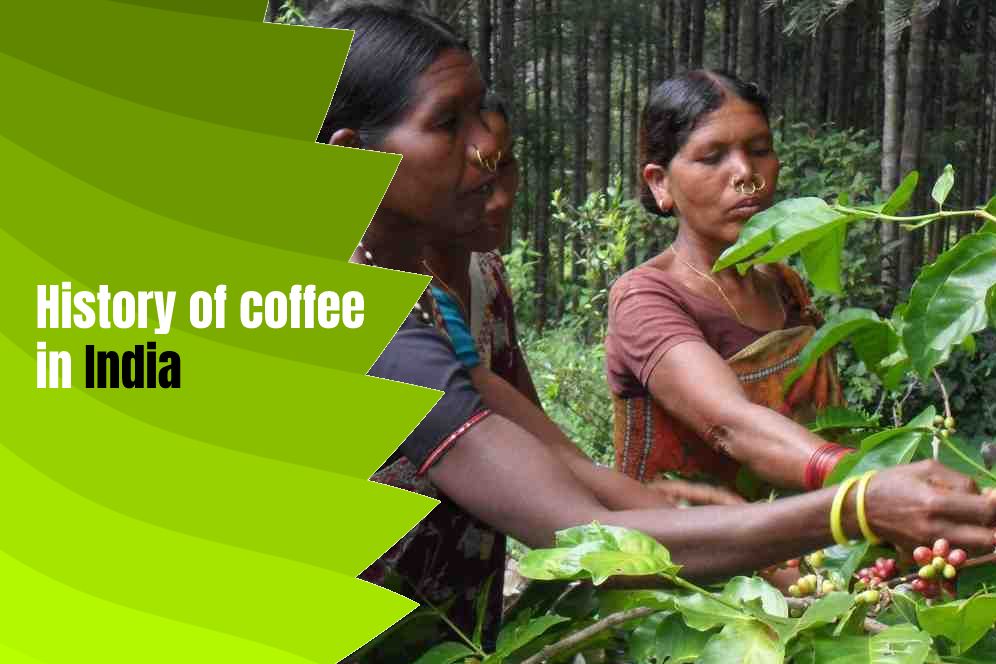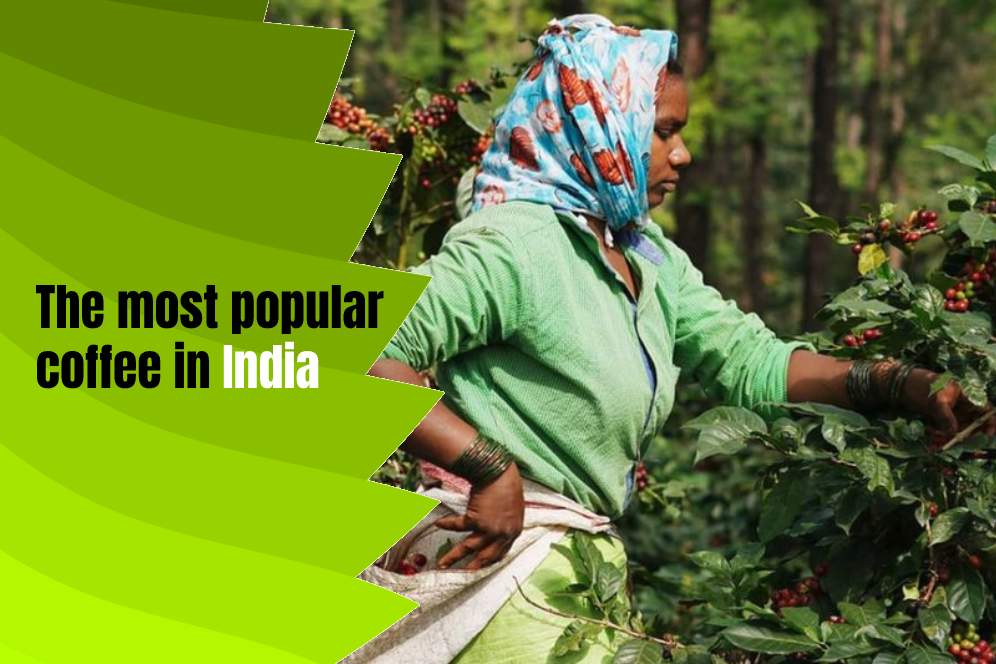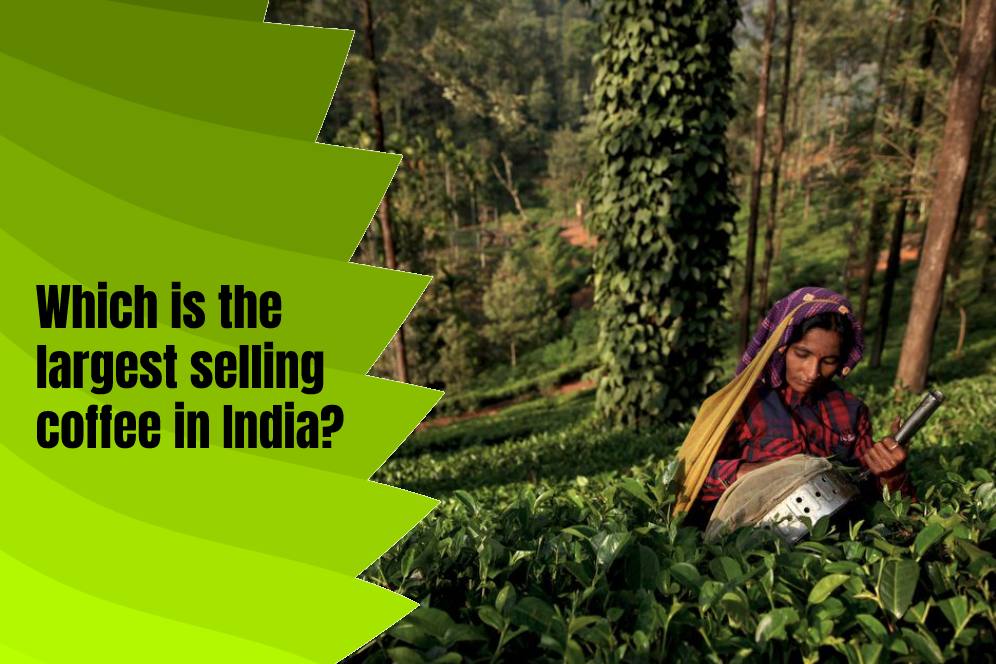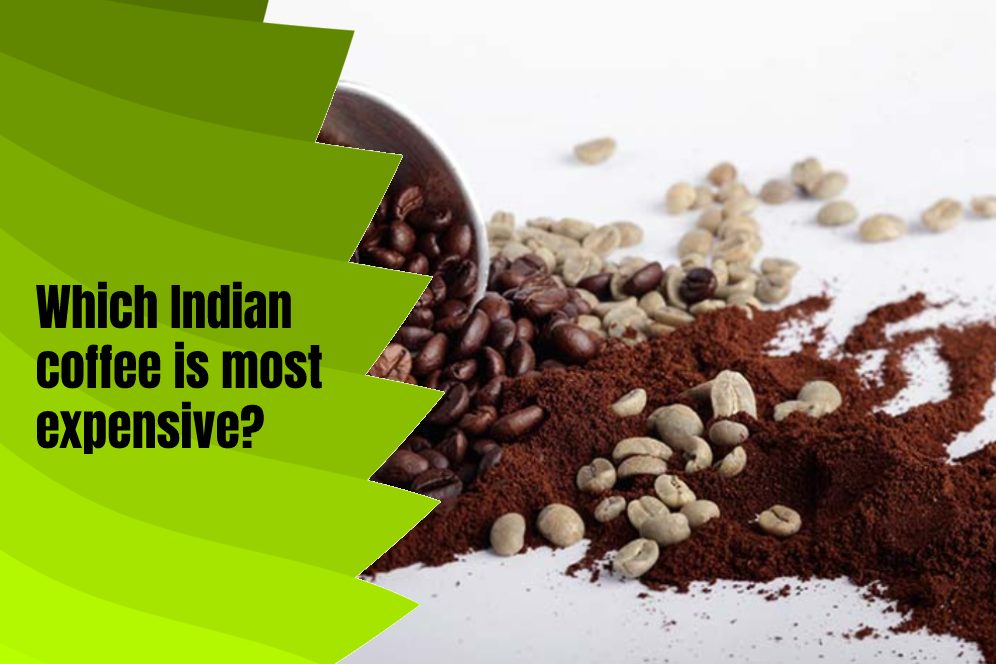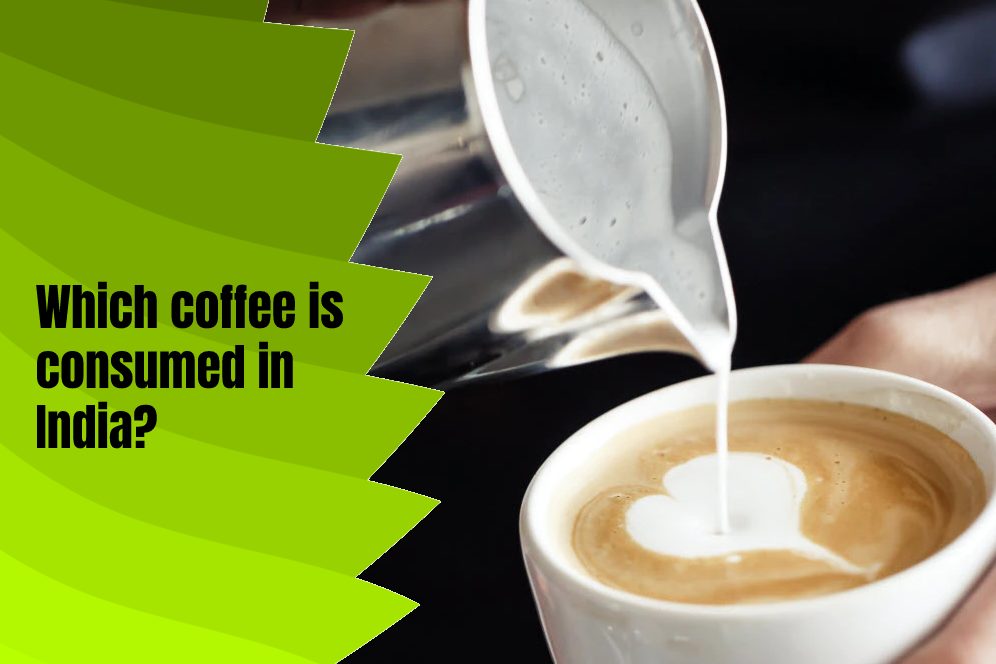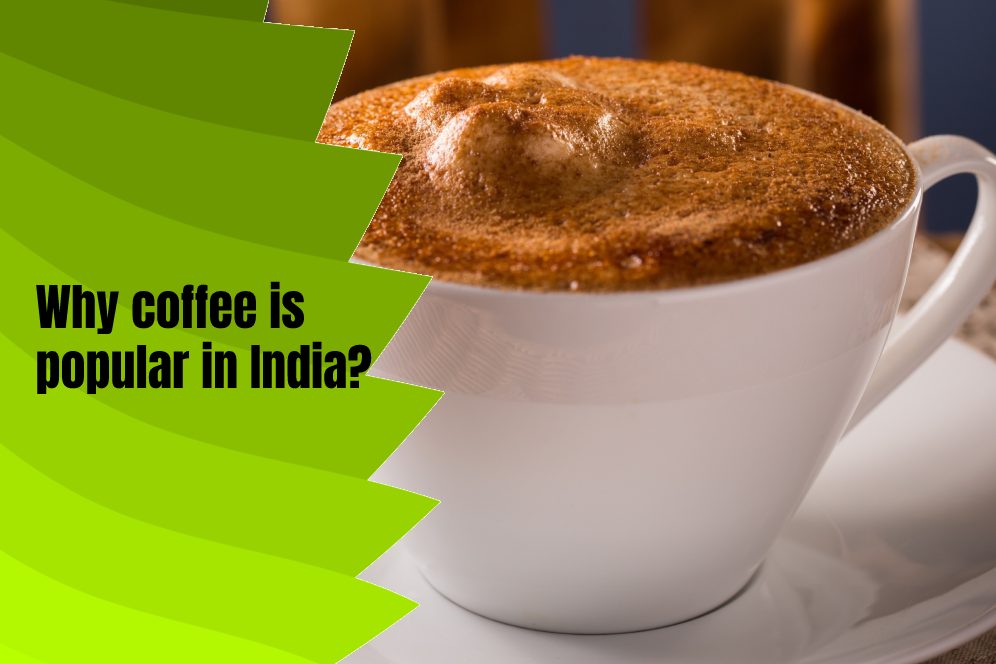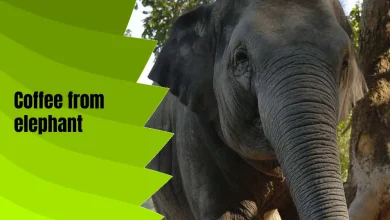Most Popular Coffee In India (Top Selling Brands)
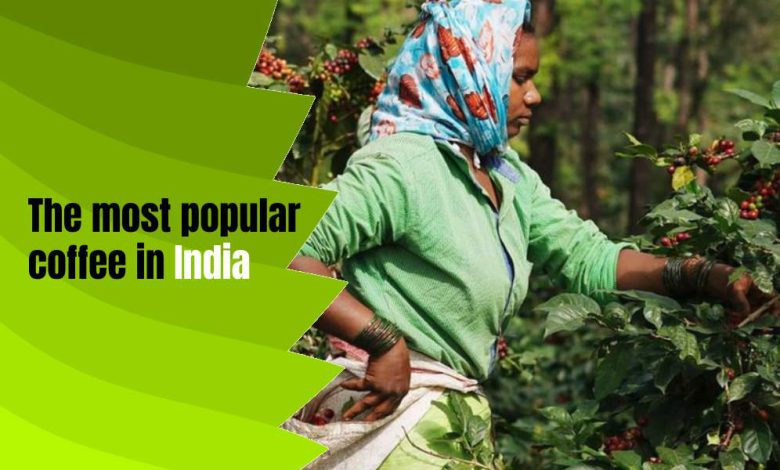
History of coffee in India: Coffee was first introduced to India in the 17th century by a Sufi saint named Baba Budan, who brought seven coffee beans from the port city of Mocha in Yemen and planted them in the hills of Chikmagalur, in the state of Karnataka. Legend has it that Baba Budan smuggled the beans out of Yemen by strapping them to his chest, as coffee was a closely guarded secret in the Arab world at the time.
The coffee plants thrived in the fertile soil and humid climate of the Western Ghats, a mountain range that runs along the western coast of India. The region became famous for its coffee plantations, and by the mid-19th century, coffee had become an important cash crop in southern India, especially in the states of Karnataka, Kerala, and Tamil Nadu.
The British played a key role in the expansion of coffee cultivation in India, as they saw it as a way to break the monopoly of the Arab countries on the coffee trade. The British introduced new varieties of coffee plants from Africa and South America, and also established research centers and plantations to improve the quality and yield of Indian coffee.
Today, India is the sixth largest producer of coffee in the world, with coffee cultivation spread across several regions, including the Western Ghats, the Nilgiri Hills, the Eastern Ghats, and the Andaman and Nicobar Islands. Indian coffee is known for its unique flavor profile, with hints of spice, nutmeg, and chocolate, and is exported to several countries around the world.
Contents
The most popular coffee in India
The most popular coffee in India is the filter coffee, also known as “Kaapi”. It is a strong and aromatic coffee made by brewing a blend of dark-roasted coffee beans and chicory powder in a special filter called a “dabara” or “tumbler”. The coffee is served hot and frothy, with a dollop of milk and sugar to taste.
Filter coffee is especially popular in the southern states of India, particularly in Tamil Nadu, Karnataka, and Kerala, where it is an integral part of the local culture and cuisine. It is typically served in small stainless steel cups or glasses, and is often enjoyed with a variety of snacks such as murukku, vadai, and banana chips.
Apart from filter coffee, there are other popular coffee varieties in India such as instant coffee, cappuccino, espresso, and latte, which are commonly available in cafes and restaurants in urban areas. However, filter coffee remains the most popular and beloved coffee beverage in India, especially among traditionalists who prefer their coffee strong and flavorful.
Coffee Growing Conditions and Regions in India
Coffee plants thrive in warm and humid climates with temperatures below 30 degrees Celsius and a moderate amount of rainfall. Too much sunlight and drought are not suitable for coffee plants, which is why they flourish in partial shade. The regions of India perfectly meet all these conditions! Many coffee experts concur on this. It’s no wonder that Indian coffee enjoys high popularity and is exported worldwide.
Types of Coffee and Coffee Estates in India
Due to its historical legacy, coffee in India is primarily produced in the southern states of Karnataka, Kerala, and Tamil Nadu. However, new cultivation areas are emerging, especially in the eastern part of the country. Various types of coffee are grown at different altitudes.
Arabica and Robusta – Both Thrive Here
India is one of the few countries that produce both Arabica and Robusta coffee. Arabica varieties grow in cooler highlands. There are also other varieties of Arabica, such as Cauvery (Catimor) coffee or Selection 9. Additionally, Robusta coffee, which has lower quality, is also grown in India but can tolerate hot and humid temperatures and lower altitudes.
Monsooned Malabar: A Unique Indian Coffee Specialty
In the past, coffee beans on their journey to Europe were forced to undergo a lengthy sea voyage, exposed to heavy rains and seasonal warmth. The associated moisture altered the appearance and taste of the raw coffee beans. They became lighter, yellowish, and slightly swollen. Additionally, they acquired a mild aroma. Some consider this the best coffee, while others may find it slightly moldy. It’s all a matter of taste!
Which is the best type of coffee in India?
The best type of coffee in India can be a matter of personal preference, as different people have different taste preferences when it comes to coffee. However, India is known for producing high-quality Arabica and Robusta coffee varieties, which are widely regarded as some of the best coffee beans in the world.
Among the Arabica varieties, the Indian Monsooned Malabar coffee is considered a specialty coffee and is highly prized for its unique flavor and aroma. It is made by exposing the coffee beans to the monsoon winds for several weeks, which results in a distinctively mellow and earthy flavor profile.
Robusta coffee is also popular in India, especially in the southern states, where it is often used to make strong filter coffee. Indian Robusta coffee is known for its bold and intense flavor, with notes of chocolate and spice.
Overall, the best type of coffee in India is a matter of personal preference, but coffee lovers can find a wide range of high-quality coffee varieties and blends in India, each with its own unique taste and aroma.
Which is the largest-selling coffee in India?
The largest selling coffee in India is instant coffee, which accounts for the majority of coffee sales in the country. Instant coffee is a popular choice for its convenience and ease of preparation, as it can be quickly and easily dissolved in hot water, milk, or even cold water.
The most popular brand of instant coffee in India is Nescafé, which is owned by Nestlé and has a dominant market share in the country. Other popular brands of instant coffee in India include Bru, which is owned by Hindustan Unilever, and Tata Coffee Grand, which is produced by Tata Global Beverages.
While filter coffee remains a beloved beverage in certain regions of India, instant coffee has become the preferred choice for many urban consumers who are looking for a quick and easy coffee fix on the go.
Which Indian coffee is the most expensive?
The most expensive Indian coffee is the civet coffee, also known as Kopi Luwak. Civet coffee is made from the coffee beans that have been eaten and excreted by the Asian palm civet, a small mammal found in the forests of India and other Southeast Asian countries.
The digestive enzymes of the civet cat help to break down the proteins in the coffee beans, resulting in a unique flavor and aroma profile. The beans are then carefully washed, sun-dried, and roasted to create a highly sought-after coffee variety.
Civet coffee is considered a luxury item and is one of the most expensive coffees in the world, with prices ranging from $100 to $600 per pound, depending on the quality and rarity of the beans.
While civet coffee is not widely available in India, there are a few select coffee estates in the country that produce small quantities of this specialty coffee, which is mainly exported to international markets.
Which coffee is consumed in India?
Coffee is widely consumed in India, with the most popular variety being the “Filter Coffee” or “Kaapi”. Filter coffee is a strong and aromatic coffee made by brewing a blend of dark-roasted coffee beans and chicory powder in a special filter called a “dabara” or “tumbler”. The coffee is served hot and frothy, with a dollop of milk and sugar to taste.
Filter coffee is especially popular in the southern states of India, particularly in Tamil Nadu, Karnataka, and Kerala, where it is an integral part of the local culture and cuisine. It is typically served in small stainless steel cups or glasses and is often enjoyed with a variety of snacks such as murukku, vadai, and banana chips.
Apart from filter coffee, there are other popular coffee varieties in India such as instant coffee, cappuccino, espresso, and latte, which are commonly available in cafes and restaurants in urban areas. However, filter coffee remains the most popular and beloved coffee beverage in India, especially among traditionalists who prefer their coffee strong and flavorful.
Why coffee is popular in India?
Coffee is popular in India for several reasons. Firstly, India has a long history of coffee cultivation, with the first coffee plantations being established in the southern regions of the country in the 17th century. Over time, coffee production in India has grown significantly, and the country is now one of the leading producers of coffee in the world.
Secondly, coffee has become an integral part of Indian culture, particularly in the southern states of Tamil Nadu, Karnataka, and Kerala, where it is an essential part of the local cuisine and social rituals. In these regions, filter coffee is a beloved beverage that is often served in small stainless steel cups or glasses, and is enjoyed with a variety of snacks and sweets.
Additionally, coffee has gained popularity in India in recent years due to the growth of café culture in urban areas, with many coffee chains and independent cafés opening up across the country. This has made coffee more accessible to a wider range of people, especially younger generations who are looking for new and trendy places to hang out with friends.
Overall, coffee’s popularity in India can be attributed to a combination of factors, including its long history of cultivation, its integration into local culture and cuisine, and the growth of café culture in urban areas.
Which city is known as coffee city of India?
Chikmagalur, a city located in the state of Karnataka in southern India, is known as the “coffee city” of India. Chikmagalur is one of the oldest and most renowned coffee-growing regions in the country, with a history of coffee cultivation that dates back to the 17th century.
The city is surrounded by verdant hills and valleys, which provide ideal growing conditions for coffee plants. The coffee grown in Chikmagalur is known for its unique flavor profile, which is characterized by notes of chocolate, caramel, and nutty undertones.
Chikmagalur is home to several coffee estates, which offer visitors the opportunity to learn about the coffee-making process and taste freshly brewed coffee. The city also hosts an annual coffee festival called the “Coffee Santhe”, which celebrates the region’s rich coffee culture and heritage.
Which is the oldest coffee brand in India?
The oldest coffee brand in India is “Tata Coffee”, which was established in 1922. Tata Coffee is a subsidiary of the Tata Group, one of India’s largest and most respected business conglomerates, and is headquartered in the city of Bengaluru in Karnataka.
Tata Coffee is known for producing high-quality coffee beans and blends, which are sourced from the company’s own plantations in the southern regions of India. The company produces a wide range of coffee products, including roasted coffee beans, instant coffee, and specialty coffee blends.
Over the years, Tata Coffee has become a leading player in the Indian coffee industry, and its products are sold across the country and in international markets. The company has also been instrumental in promoting sustainable coffee farming practices and supporting local communities through various social and environmental initiatives.
Who is the father of Indian coffee?
The father of Indian coffee is considered to be Baba Budan, a legendary figure who is credited with introducing coffee cultivation to India in the 17th century. Baba Budan was a Sufi saint who traveled to the Middle East on a pilgrimage and discovered coffee there. He is said to have smuggled seven coffee beans back to India and planted them in the hills of Chikmagalur in Karnataka, which became the birthplace of coffee cultivation in India.
Baba Budan is revered as a pioneer of the Indian coffee industry and is celebrated through various monuments and landmarks across the country. The Baba Budangiri mountain range in Chikmagalur is named after him, and there is also a popular coffee variety called “Baba Budan’s Beans”, which is named in his honor.
Which is the biggest coffee chain in India?
There are several big coffee chains in India, but the most popular and well-known one is “Café Coffee Day”. Café Coffee Day, or CCD as it is commonly known, is a chain of coffee shops that was founded in Bengaluru in 1996.
CCD is known for its relaxed ambiance, comfortable seating, and an extensive menu of coffee, tea, and food items. The chain has outlets across India, with a presence in more than 200 cities and towns. CCD also has an international presence, with outlets in several countries, including Nepal, Egypt, and Malaysia.
In addition to coffee and other beverages, CCD offers a range of snacks and baked goods, as well as merchandise such as coffee mugs and t-shirts. The chain has a loyal following among young people and professionals and is considered to be a popular destination for meetings, catch-ups, and work sessions.
Indian Coffee Culture
While coffee was largely overshadowed by tea in India for a long time, it has undergone significant changes in recent decades. As a result, a distinct coffee culture has not yet fully emerged.
However, there’s something quite unique to report about the country. It may seem somewhat unusual that until the 1940s, coffee was consumed with jaggery. Today’s Indians have largely moved away from such practices. That’s why they favor their ‘kaapi.’ In particular, this coffee is filtered. Locals prefer it with sugar and a dash of milk.
Indian Coffee: How Does It Taste?
Indian coffee is highly regarded for its naturally low acidity. This sets it apart from much stronger or more acidic relatives, such as those from Costa Rica. Nevertheless, it is still bold and aromatic. It’s a unique seasonal coffee specialty.
